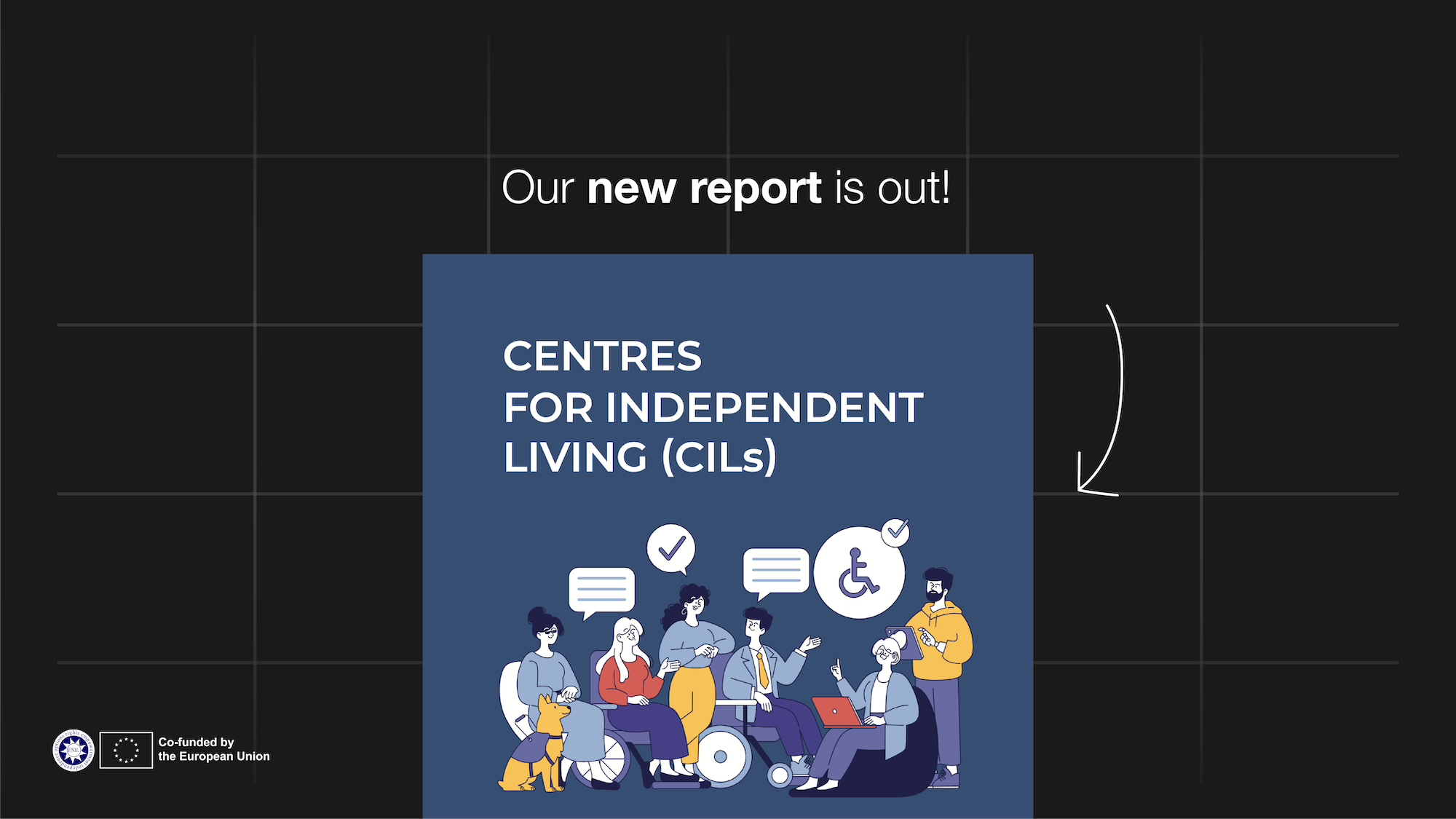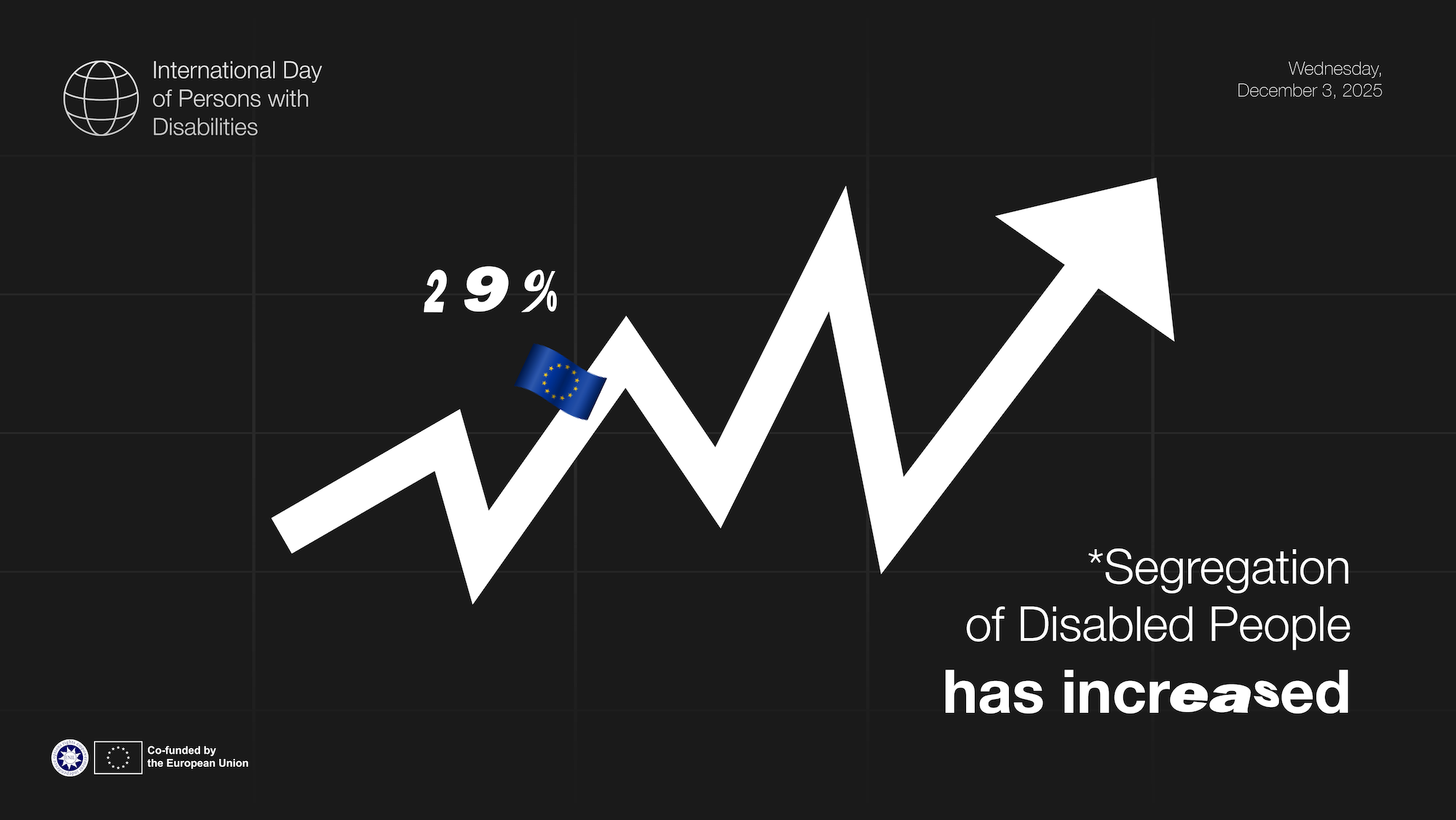On the 13th of April, ENIL member Eddy Schelfhout travelled through Belgium with Dr. Alexander Vogt, the transport advisor of European Parliament Vice President, MEP Boguslav Liberadzki. In this article, you will find Eddy’s account of the trip and the different obstacles they encountered. This summary was also distributed at a European Parliament debate on the rail passengers’ rights on 30 May. The debate was hosted by MEP Liberadzki, with the support of the European Disability Forum (EDF), the Community of European Railway and Infrastructure Companies (CER) and the European Network on Independent Living (ENIL).
“From the start of the trip from Keerbergen to Ostend we encountered several obstacles. To be able to take the bus to the nearest train station, we booked assistance on the bus, but unfortunately were denied access both by phone and email. The bus company, De Lijn, argued that the kind of wheelchair I need to use to be independent (electric mobile scooter) could not be taken on the bus because of ISO-norm 7193-1985,which still defines a wheelchair as a four wheel vehicle. As a consequence, an electric mobile scooter is not in line with ISO-norm 7176-19for buses, which regulates how to secure a wheelchair for transport.
In reality, the mobile scooter complies with the ISO-norm 7176-19, so we tried to go to the bus stop anyway and because the bus driver was very friendly, we managed to take the bus.
The access to the bus went well to our surprise. The bus vehicles themselves don’t really conform with the ISO-norm 7176-19– none of the vehicles secure the wheelchairs to the bottom of the bus and securing only with the back doesn’t stop any wheelchair from moving around.
Getting off the bus at the train station was problematic, because the bus stop wasn’t completely accessible.
On the website for booking train assistance, I was also denied access to the train, but when I called to reserve a place and assistance everything went OK. However, when we wanted to access the train, it became pretty dangerous. The device used to put me on the train was very steep and the platform was too short. Totally not safe!
At one of the other stations, they had a very safe way to get in and out the train, a simple ramp.
A wheelchair user cannot freely use public transport. You need to plan and call days in advance and when you are traveling, the train station staff decide if and when you can take your train. Sometimes, this can mean a delay of more than 1 hour, because you are not put on your original train.
Honestly, at this moment, the only safe way for lots of wheelchair users to get around is an accessible taxi. This means that the same trip becomes ±10 times more expensive for a wheelchair user when compared to the general, but inaccessible, public transport.”
[Photo shows Eddy getting off a train using a ramp.]

